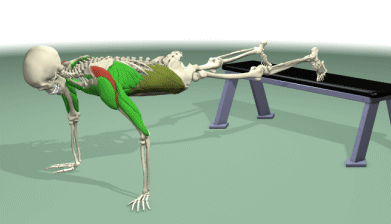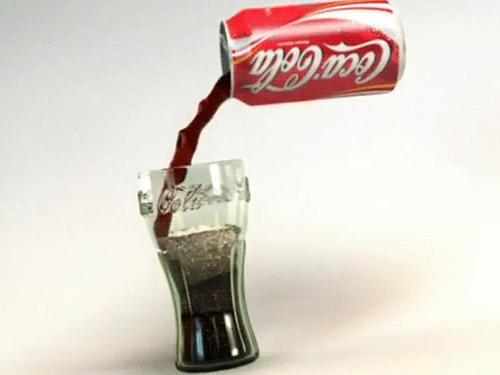




THE FITNESS
DIGEST.
What is an impacted tooth?
An impacted tooth is one which has not come into the mouth by the time it would be expected to have. In other words it is stuck. The most common reason for a tooth to become impacted is lack of space. Other reasons may include cysts and tumours associated with the tooth, fusion of the tooth to the surrounding bone or nearby teeth, or in some instances for unknown reasons a tooth just fails to complete its movement into the mouth.
Which teeth become impacted and why?
The tooth most likely to become impacted is the wisdom tooth, or third molar. These teeth are the third set of permanent (adult) molars. They are called wisdom teeth because they are supposed to enter the mouth by the "age of wisdom," roughly eighteen years of age. Hats why they are also know as the "eighteen year molars," in contrast to the first or six year molars and the second or twelve year molars. Wisdom teeth are not only the most likely teeth to be impacted, but also the most likely to be deformed, missing or present in extra numbers. Most people have four wisdom teeth: upper right and left and lower right and left. Some people are missing one or more wisdom teeth and others have extra sets (as many as triple in my experience).
Since many people do not have enough room for all of their teeth to come in, the one most likely to be stuck or impacted is the last one to form, the wisdom tooth. The other teeth had used up the available space as they came into the mouth. When a person has crowded teeth, the wisdom tooth may have even less space available after the rest of the teeth are straightened. Not all people have impacted wisdom teeth, some people do have enough room for their wisdom teeth.
Many theories have been proposed to try to explain why so many people do not have enough room for all of their teeth, especially for the wisdom teeth. The most popular has been that our jaws have been getting smaller as humans have developed. However, studies done on ancient and modern skulls do not support this idea. What these studies do show is that in our ancestors, before modern dental care was available and to a lesser degree even today, the most commonly missing or decayed tooth is the first or six year molar. By the time that he wisdom tooth was ready to start to enter he mouth it may have had enough room in our very distant ancestors.
The wisdom tooth is not the only tooth that may become impacted. Other teeth that are often impacted include the canine or eye teeth and the premolars or bicuspids (small molar like teeth behind the eyeteeth). Any tooth may become impacted if it does not enter the mouth on time. Some people have extra teeth and if these do not have room, these too may become impacted.
What, if anything needs to be done?
Does anything need to be done for an impacted tooth? The answer depends on a few things. First, if there is enough room and the tooth is an important one for function or cosmetics, then if possible, an attempt is made to bring the tooth into position with a combination of surgery and orthodontics (braces). This is commonly done for impacted canine or eyeteeth. If the tooth does not have enough room, is an extra tooth or is deformed, often it needs to be
Tooth impaction
Physical fitness Disclaimer and Waiver of liability:
Exercises are not without their risks and the exercise programs in this website may result in injuries.Any person who undertakes these exercises does so at their own risk.To reduce the risk of injuries ,you should consult your doctor before beginning these or any other exercise programs.As with any exercise program ,if at any point during your workout you believe conditions to be unsafe or begin to feel faint or dizzy,have physical discomfort or pain, you should stop immediately and consult a physician.
Daily exercise for Working women.
Jumping Jacks. . Effective workouts.
Group exercise and its benefits.
Calf raises-free style . Push ups.
Tummy exercises. Hoola Hooping .
Fitness Motivational tips. Barbell Squauts.
The myths of spot reduction. Leg press.
Standing calf raises. Concentration curls.
Bench (Tricep) dips.. One arm dumbbell rows.
Pec deck Flye. Fr0nt dumbbell raises. Glute ham raise.
Seated leg curl . Close grip bench press .
.

Please keep comments positive and constructive.
Help the WEBSITE by reporting inappropriate comments to thefitnessdigest@gmail.com . Inappropriate comments may be reported and/or removed.


